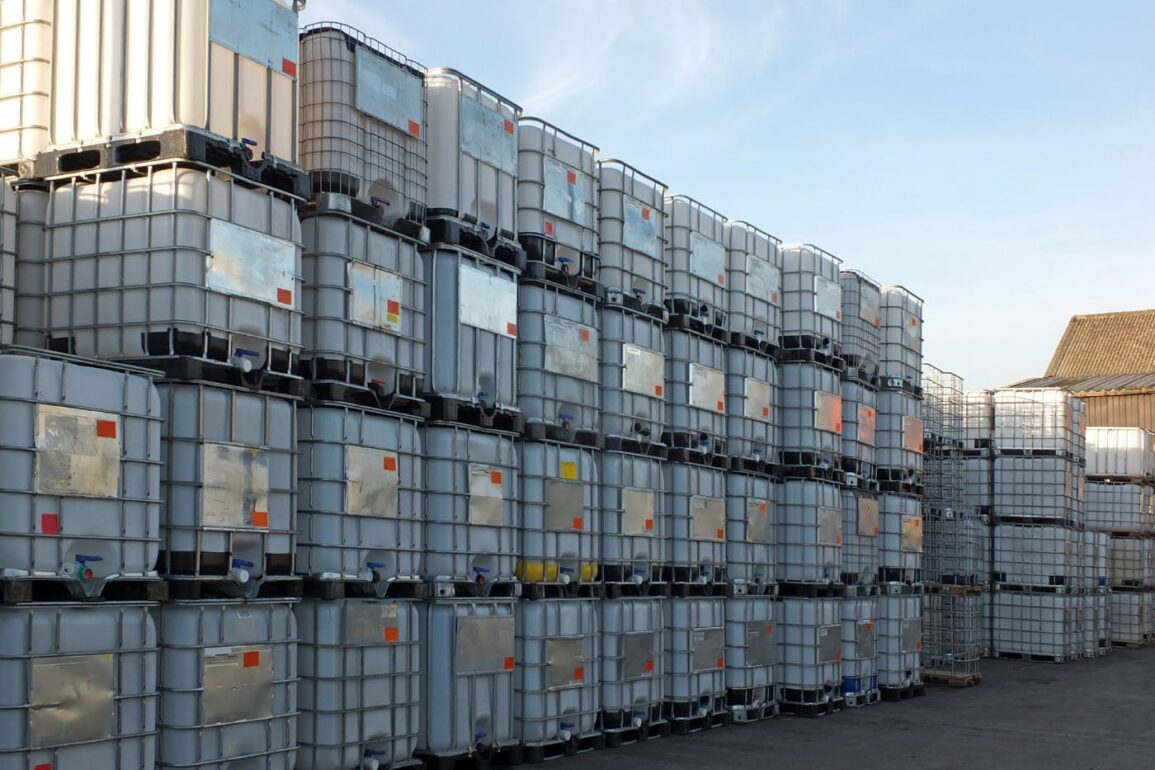When it comes to storing and transporting materials, including liquids or bulk substances, it’s crucial to consider the temperature requirements. In the case of IBC (Intermediate Bulk Container) containers, understanding the maximum temperature they can withstand is essential to ensure the safety and integrity of the stored materials. In this article, we will explore the maximum temperature limits for IBC containers and the considerations associated with them. So, let’s dive in and discover what you need to know!
Understanding Temperature Limits for IBC Containers
IBC containers are designed to handle a wide range of materials, including those that require specific temperature conditions.
However, it’s important to note that different factors, such as the material composition and construction of the IBC container, can affect the maximum temperature it can withstand. Let’s explore these factors and their implications:
1. Material Composition
The material used in constructing an IBC container plays a significant role in determining its temperature limits. The two most common materials for IBC containers are high-density polyethylene (HDPE) and steel.
- HDPE Containers: HDPE IBC containers are known for their excellent chemical resistance and durability. They can generally handle a wide temperature range, with most HDPE containers designed to withstand temperatures up to 140°F (60°C). However, referring to the manufacturer’s specifications is essential to determine the exact temperature limit for a specific HDPE container.
- Steel Containers: Steel IBC containers are typically more robust and have higher temperature tolerance than HDPE containers.
Steel containers can withstand higher temperatures, often ranging from 180°F to 400°F (82°C to 204°C), depending on the specific steel grade and construction. Again, it’s crucial to refer to the manufacturer’s specifications to ensure the temperature limits of a particular steel IBC container.
2. Construction and Components
The construction of an IBC container, including its design and components, can also impact its maximum temperature tolerance. Key considerations include the type of seals, gaskets, valves, and closures used in the container.
- Seals and Gaskets: The seals and gaskets used in an IBC container should be selected based on their compatibility with the temperature range of the stored materials. Specialized seals and gaskets may be required for higher temperature applications to ensure a proper seal and prevent leakage or damage.
- Valves and Closures: The valves and closures on an IBC container should also be able to withstand the maximum temperature required. It’s important to choose materials and designs that can handle the specific temperature conditions to prevent any malfunctions or safety risks.
3. Application-Specific Considerations
When determining the maximum temperature for an IBC container, it’s essential to consider the specific requirements of your application. Certain materials or industries may have unique temperature demands, and exceeding those limits can compromise the integrity or stability of the stored substances.
For example, industries such as chemicals, pharmaceuticals, or food and beverage may require strict temperature controls to ensure product quality and safety. It’s crucial to consult industry regulations, guidelines, or material safety data sheets (MSDS) to determine the appropriate temperature range for specific substances.
Verde Trader for IBC Containers
If you need IBC containers with specific temperature requirements, working with a reputable supplier like Verde Trader can be advantageous. Verde Trader provides high-quality IBC containers and works with a network of sellers and recycling partners.
They can assist you in finding containers suitable for your temperature-sensitive applications and guide you on any recycling initiatives or environmental considerations.
When sourcing IBC containers, whether HDPE or steel, ensure you communicate your temperature requirements to the supplier or manufacturer. They can guide you in selecting containers with the appropriate temperature limits, seals, gaskets, valves, and closures to meet your needs.
Conclusion
Understanding the maximum temperature for IBC containers is crucial for ensuring the safety and integrity of stored materials. HDPE containers generally have temperature limits of up to 140°F (60°C), while steel containers can withstand higher temperatures, typically ranging from 180°F to 400°F (82°C to 204°C). However, it’s important to refer to the manufacturer’s specifications for the exact temperature limits of a particular IBC container.
Consider the material composition, construction, and application-specific requirements when selecting IBC containers for temperature-sensitive applications. Working with a reputable supplier like Verde Trader can provide you with expert guidance and access to high-quality IBC containers suitable for your temperature requirements.

